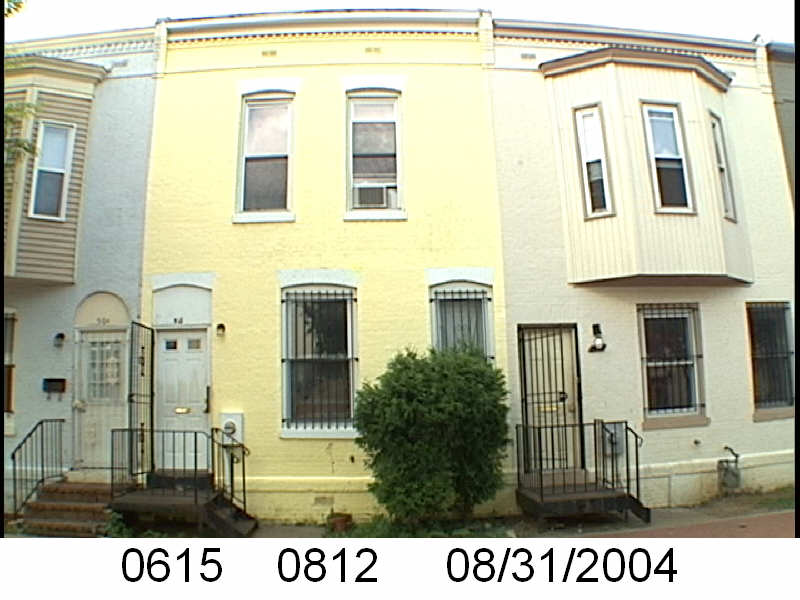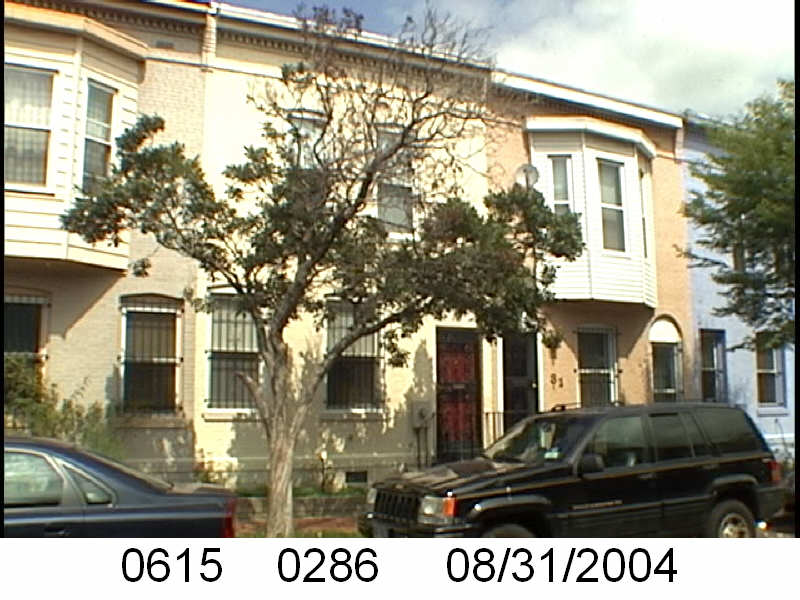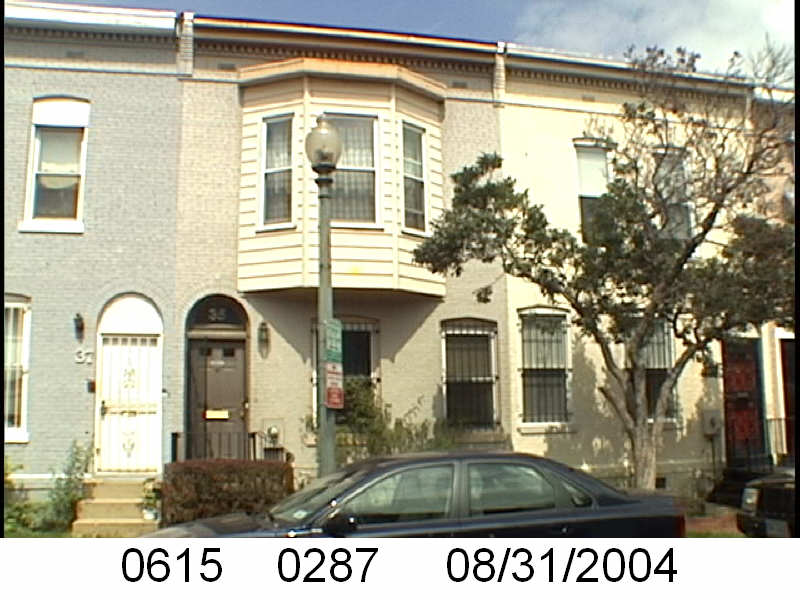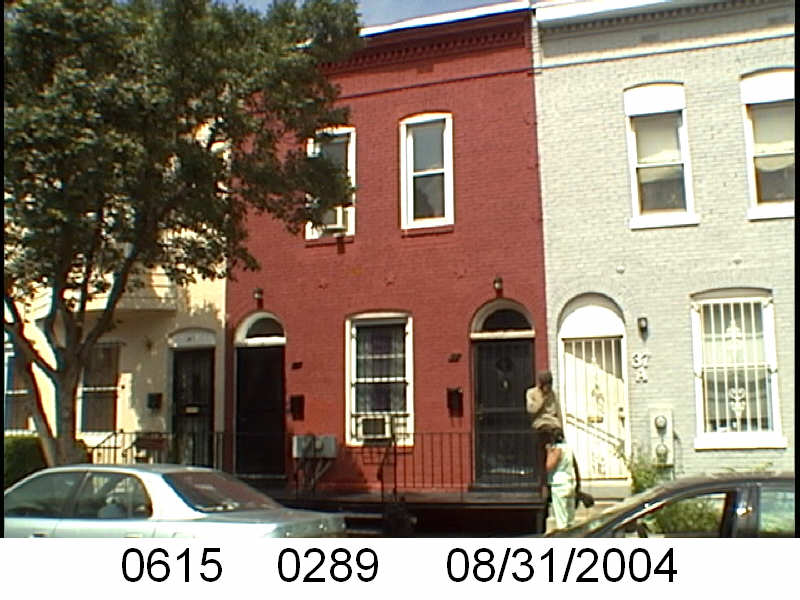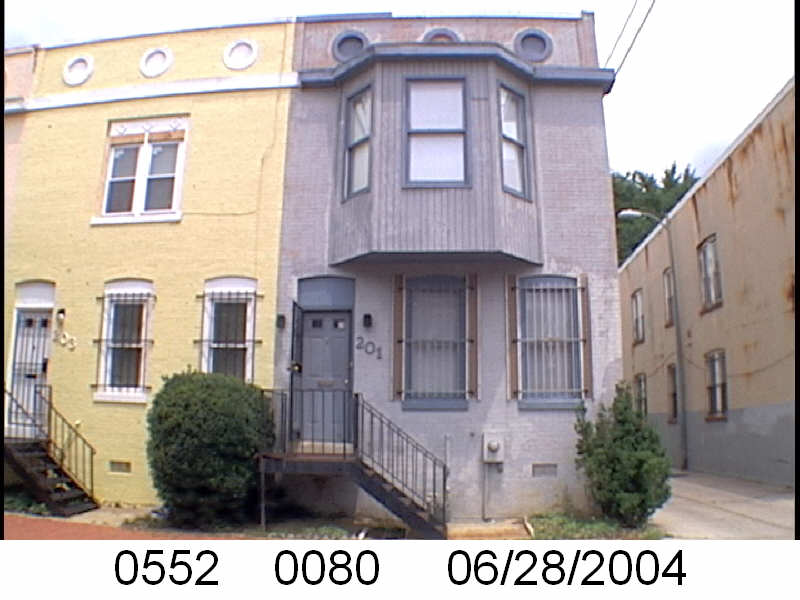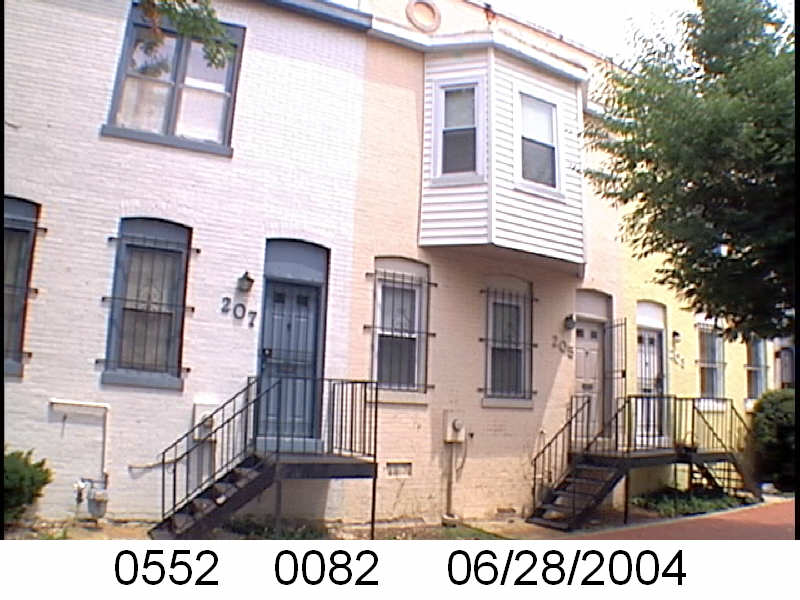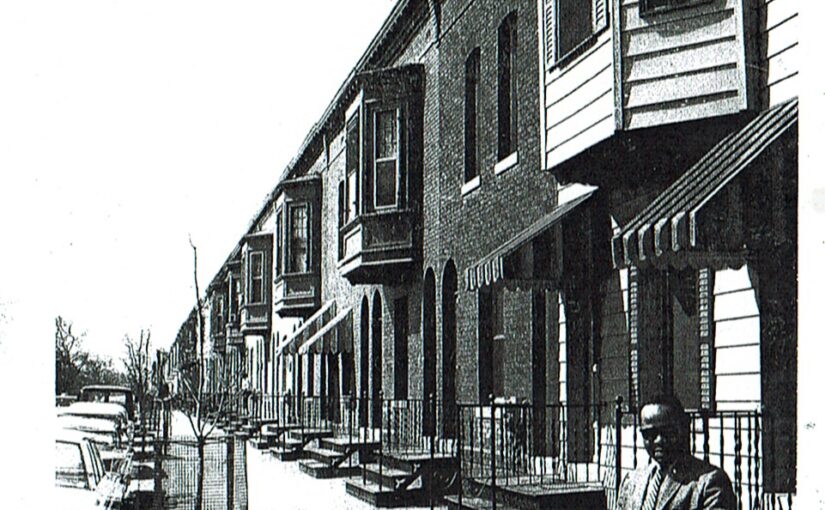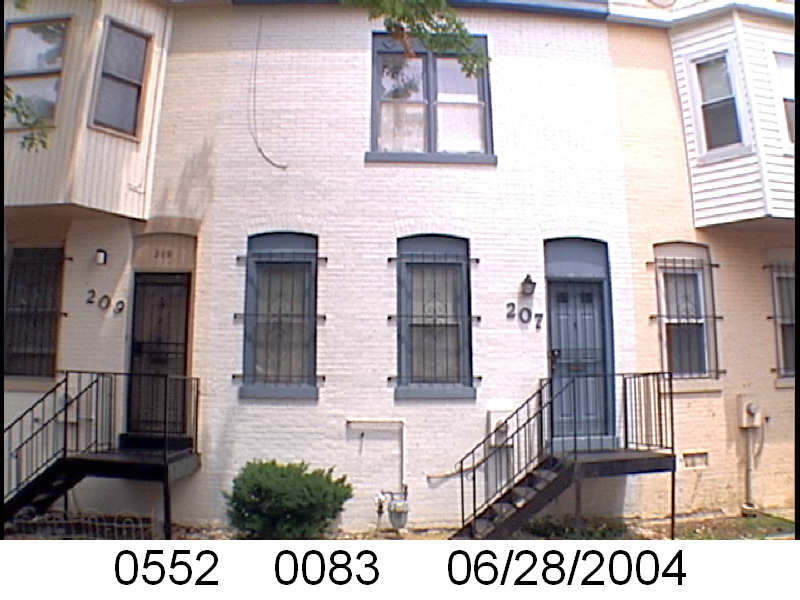| Sq Lot |
Address |
Doc |
Current Sq Lot |
Blog Post |
| 0552 / 0104 |
131 BATES STREET NW |
1950024327 |
|
https://blog.inshaw.com/2023/04/10/wsic-1950-sell-off-131-bates-street-nw/ |
| 0552 / 0105 |
133 BATES STREET NW |
1950024327 |
|
https://blog.inshaw.com/2023/04/28/wsic-1950-sell-off-133-bates-street-nw/ |
| 0552 / 0106 |
135 BATES STREET NW |
1950024327 |
|
https://blog.inshaw.com/2023/04/25/wsic-1950-sell-off-135-bates-street-nw/ |
| 0552 / 0107 |
207 P STREET NW |
1950024327 |
|
https://blog.inshaw.com/2023/04/30/wsic-1950-sell-off-207-p-street-nw/ |
| 0552 / 0108 |
209 P STREET NW |
1950024327 |
|
https://blog.inshaw.com/2023/09/09/wsic-1950-sell-off-209-p-street-nw/ |
| 0552 / 0109 |
211 P STREET NW |
1950024327 |
|
https://blog.inshaw.com/2023/09/10/wsic-1950-sell-off-211-p-street-nw/ |
| 0552 / 0110 |
213 P STREET NW |
1950024327 |
|
https://blog.inshaw.com/2023/09/05/wsic-1950-sell-off-213-p-street-nw/ |
| 0552 / 0111 |
215 P STREET NW |
1950024327 |
|
https://blog.inshaw.com/2023/07/04/wsic-1950-sell-off-215-p-street-nw/ |
| 0552 / 0112 |
217 P STREET NW |
1950024327 |
|
https://blog.inshaw.com/2023/09/24/wsic-1950-sell-off-217-p-street-nw/ |
| 0552 / 0113 |
219 P STREET NW |
1950024327 |
|
https://blog.inshaw.com/2023/10/01/wsic-1950-sell-off-219-p-street-nw/ |
| 0552 / 0114 |
221 P STREET NW |
1950024327 |
|
https://blog.inshaw.com/2023/09/02/wsic-1950-sell-off-221-p-street-nw/ |
| 0552 / 0115 |
223 P STREET NW |
1950024327 |
|
https://blog.inshaw.com/2023/08/02/wsic-1950-sell-off-223-p-street-nw/ |
| 0552 / 0116 |
225 P STREET NW |
1950024327 |
|
https://blog.inshaw.com/2023/08/11/wsic-1950-sell-off-225-p-street-nw/ |
| 0552 / 0117 |
227 P STREET NW |
1950024327 |
|
https://blog.inshaw.com/2023/07/27/wsic-1950-sell-off-227-p-street-nw/ |
| 0552 / 0118 |
229 P STREET NW |
1950024327 |
|
https://blog.inshaw.com/2023/06/13/wsic-1950-sell-off-229-p-street-nw/ |
| 0552 / 0119 |
231 P STREET NW |
1950024327 |
|
https://blog.inshaw.com/2023/05/10/wsic-1950-sell-off-231-p-street-nw/ |
| 0552 / 0120 |
1501 3RD STREET NW |
1950024327 |
|
https://blog.inshaw.com/2023/07/01/wsic-1950-sell-off-1501-3rd-street-nw/ |
| 0552 / 0121 |
1503 3RD STREET NW |
1950024327 |
|
https://blog.inshaw.com/2023/01/12/wsic-1950-sell-off-1503-3rd-street-nw/ |
| 0552 / 0122 |
1505 3RD STREET NW |
1950024327 |
|
https://blog.inshaw.com/2023/03/22/wsic-1950-sell-off-1505-3rd-street-nw/ |
| 0552 / 0123 |
1507 3RD STREET NW |
1950024327 |
|
https://blog.inshaw.com/2023/01/12/wsic-1950-sell-off-1507-3rd-street-nw/ |
| 0552 / 0124 |
1509 3RD STREET NW |
1950024327 |
|
https://blog.inshaw.com/2023/03/27/wsic-1950-sell-off-1509-3rd-street-nw/ |
| 0552 / 0125 |
1511 3RD STREET NW |
1950024327 |
|
https://blog.inshaw.com/2023/01/12/wsic-1950-sell-off-1511-3rd-street-nw/ |
| 0552 / 0126 |
1513 3RD STREET NW |
1950024327 |
|
https://blog.inshaw.com/2023/09/15/wsic-1950-sell-off-1513-3rd-street-nw/ |
| 0552 / 0127 |
1515 3RD STREET NW |
1950024327 |
|
https://blog.inshaw.com/2024/10/01/wsic-1950-sell-off-1515-3rd-street-nw/ |
| 0552 / 0128 |
1517 3RD STREET NW |
1950024327 |
|
https://blog.inshaw.com/2024/10/05/wsic-1950-sell-off-1517-3rd-street-nw/ |
| 0552 / 0129 |
1519 3RD STREET NW |
1950024327 |
|
https://blog.inshaw.com/2023/01/12/wsic-1950-sell-off-1519-3rd-street-nw/ |
| 0552 / 0130 |
1521 3RD STREET NW |
1950024327 |
|
https://blog.inshaw.com/2024/10/07/wsic-1950-sell-off-1521-3rd-street-nw/ |
| 0552 / 0131 |
1523 3RD STREET NW |
1950024327 |
|
https://blog.inshaw.com/2023/11/21/wsic-1950-sell-off-1523-3rd-street-nw/ |
| 0552 / 0132 |
230 BATES STREET NW |
1950024327 |
|
https://blog.inshaw.com/2023/09/17/wsic-1950-sell-off-230-bates-street-nw/ |
| 0552 / 0133 |
228 BATES STREET NW |
1950024327 |
|
https://blog.inshaw.com/2023/11/18/wsic-1950-sell-off-228-bates-street-nw/ |
| 0552 / 0134 |
226 BATES STREET NW |
1950024327 |
|
https://blog.inshaw.com/2023/11/16/wsic-1950-sell-off-226-bates-street-nw/ |
| 0552 / 0135 |
224 BATES STREET NW |
1950024327 |
|
https://blog.inshaw.com/2023/11/06/wsic-1950-sell-off-224-bates-street-nw/ |
| 0552 / 0136 |
222 BATES STREET NW |
1950024327 |
|
https://blog.inshaw.com/2023/11/02/wsic-1950-sell-off-222-bates-street-nw/ |
| 0552 / 0137 |
220 BATES STREET NW |
1950024327 |
|
https://blog.inshaw.com/2023/10/26/wsic-1950-sell-off-220-bates-street-nw/ |
| 0552 / 0138 |
218 BATES STREET NW |
1950024327 |
|
https://blog.inshaw.com/2023/11/09/wsic-1950-sell-off-218-bates-street-nw/ |
| 0552 / 0139 |
216 BATES STREET NW |
1950024327 |
|
https://blog.inshaw.com/2023/10/23/wsic-1950-sell-off-216-bates-street-nw/ |
| 0552 / 0140 |
214 BATES STREET NW |
1950024327 |
|
https://blog.inshaw.com/2023/10/21/wsic-1950-sell-off-214-bates-street-nw/ |
| 0552 / 0141 |
212 BATES STREET NW |
1950024327 |
|
https://blog.inshaw.com/2023/10/19/wsic-1950-sell-off-212-bates-street-nw/ |
| 0552 / 0142 |
210 BATES STREET NW |
1950024327 |
|
https://blog.inshaw.com/2023/10/16/wsic-1950-sell-off-210-bates-street-nw/ |
| 0552 / 0143 |
208 BATES STREET NW |
1950024327 |
|
https://blog.inshaw.com/2023/07/07/wsic-1950-sell-off-208-bates-street-nw/ |
| 0552 / 0144 |
206 BATES STREET NW |
1950024327 |
|
https://blog.inshaw.com/2023/10/05/wsic-1950-sell-off-206-bates-street-nw/ |
| 0552 / 0145 |
204 BATES STREET NW |
1950024327 |
|
https://blog.inshaw.com/2023/10/14/wsic-1950-sell-off-204-bates-street-nw/ |
| 0552 / 0146 |
202 BATES STREET NW |
1950024327 |
|
https://blog.inshaw.com/2023/10/10/wsic-1950-sell-off-202-bates-street-nw/ |
| 0552 / 0147 |
200 BATES STREET NW |
1950024327 |
|
https://blog.inshaw.com/2023/10/07/wsic-1950-sell-off-200-bates-street-nw/ |
| 0552 / 0148 |
201 P STREET NW |
1950024327 |
|
https://blog.inshaw.com/2023/05/23/wsic-1950-sell-off-201-p-street-nw/ |
| 0552 / 0149 |
203 P STREET NW |
1950024327 |
|
https://blog.inshaw.com/2023/05/05/wsic-1950-sell-off-203-p-street-nw/ |
| 0552 / 0150 |
205 P STREET NW |
1950024327 |
|
https://blog.inshaw.com/2023/05/03/wsic-1950-sell-off-205-p-street-nw/ |
| 0552 / 0213 |
124 Q STREET NW |
1950024327 |
0552/ 0812 ??? |
https://blog.inshaw.com/2023/11/27/wsic-1950-sell-off-124-q-street-nw/ |
| 0552 / 0025 |
125 Bates Street NW |
|
0552/ 0805; 0552 /0220 |
https://blog.inshaw.com/2023/11/27/wsic-1950-sell-off-125-bates-street-nw/ |
| 0552 / 0033 |
137 BATES STREET NW |
1950024327 |
|
|
| 0552 / 0034 |
139 BATES STREET NW |
1950024327 |
|
https://blog.inshaw.com/2022/12/26/wsic-1950-sell-off-139-bates-street-nw/ |
|
119 BATES STREET NW |
|
0552/ 0816 |
https://blog.inshaw.com/2024/11/12/wsic-1950-sell-off-119-bates-street-nw/ |
| 0552/ 0102 |
121 BATES STREET NW |
|
0552/ 0817 |
https://blog.inshaw.com/2024/11/12/wsic-1950-sell-off-119-bates-street-nw/ |
| 0552 /0103 |
123 BATES STREET NW |
|
0552/ 0818 |
https://blog.inshaw.com/2024/11/10/wsic-1950-sell-off-123-bates-street-nw/ |
| 0552 / 0025; 0552 / 0819; 0552 / 0820; |
129 Bates Street NW |
|
0552/ 0822 |
https://blog.inshaw.com/2024/11/21/wsic-1950-sell-off-129-bates-street-nw/ |
| 0552 0035 |
141 BATES STREET NW |
|
|
https://blog.inshaw.com/2023/02/25/wsic-1950-sell-off-141-bates-street-nw/ |
|
130 Q STREET NW |
|
0552 0221 |
https://blog.inshaw.com/2024/03/04/restart-wsic-1950-sell-off-130-q-street-nw/ |
|
132 Q STREET NW |
|
0552 0100 |
https://blog.inshaw.com/2023/04/07/wsic-1950-sell-off-132-q-street-nw/ |
|
124 Q Street NW |
|
0552 0824 |
https://blog.inshaw.com/2023/11/27/wsic-1950-sell-off-124-q-street-nw/ |
|
134 Q STREET NW |
|
0552 0099 |
https://blog.inshaw.com/2024/03/25/wsic-1950-sell-off-134-q-street-nw/ |
|
136 Q STREET NW |
|
0552 0098 |
https://blog.inshaw.com/2023/04/02/wsic-1950-sell-off-136-q-street-nw/ |
|
138 Q STREET NW |
|
0552 0079 |
https://blog.inshaw.com/2024/03/18/wsic-1950-sell-off-138-q-street-nw/ |
|
140 Q STREET NW |
|
0552 0078 |
https://blog.inshaw.com/2024/12/09/wsic-1950-sell-off-140-q-street-nw/ |
|
142 Q STREET NW |
|
0552 0077 |
https://blog.inshaw.com/2024/12/14/wsic-1950-sell-off-142-q-street-nw/ |
|
200 Q STREET NW |
|
0552 0076 |
https://blog.inshaw.com/2023/01/05/wsic-1950-sell-off-200-q-street-nw/ |
|
202 Q STREET NW |
|
0552 0075 |
https://blog.inshaw.com/2024/12/20/wsic-1950-sell-off-202-q-street-nw/ |
|
204 Q STREET NW |
|
0552 0074 |
https://blog.inshaw.com/2024/12/01/wsic-1950-sell-off-204-q-street-nw/ |
|
206 Q STREET NW |
|
0552 0073 |
https://blog.inshaw.com/2024/12/16/wsic-1950-sell-off-206-q-street-nw/ |
|
208 Q STREET NW |
|
0552 0072 |
https://blog.inshaw.com/2023/09/25/wsic-1950-sell-off-208-q-street-nw/ |
|
210 Q STREET NW |
|
0552 0071 |
https://blog.inshaw.com/2023/01/15/wsic-1950-sell-off-210-q-street-nw/ |
|
212 Q STREET NW |
|
0552 0070 |
https://blog.inshaw.com/2024/12/02/wsic-1950-sell-off-212-q-street-nw/ |
|
214 Q STREET NW |
|
0552 0069 |
https://blog.inshaw.com/2024/12/13/wsic-1950-sell-off-214-q-street-nw/ |
|
216 Q STREET NW |
|
0552 0068 |
https://blog.inshaw.com/2024/12/05/wsic-1950-sell-off-216-q-street-nw/ |
|
218 Q STREET NW |
|
0552 0067 |
https://blog.inshaw.com/2023/01/23/wsic-1950-sell-off-218-q-street-nw/ |
|
220 Q STREET NW |
|
0552 0066 |
https://blog.inshaw.com/2023/01/24/wsic-1950-sell-off-220-q-street-nw/ |
|
222 Q STREET NW |
|
0552 0065 |
https://blog.inshaw.com/2023/01/25/wsic-1950-sell-off-222-q-street-nw/ |
|
224 Q STREET NW |
|
0552 0064 |
https://blog.inshaw.com/2023/01/15/wsic-1950-sell-off-224-q-street-nw/ |
|
226 Q STREET NW |
|
0552 0063 |
https://blog.inshaw.com/2024/12/04/wsic-1950-sell-off-226-q-street-nw/ |
|
228 Q STREET NW |
|
0552 0062 |
https://blog.inshaw.com/2024/12/06/wsic-1950-sell-off-228-q-street-nw/ |
|
230 Q STREET NW |
|
0552 0061 |
https://blog.inshaw.com/2022/12/16/wsic-1950s-sell-off-230-q-street-nw/ |
|
240 Q STREET NW |
|
0552 0060 |
https://blog.inshaw.com/2024/06/10/wsic-1950-sell-off-1551-3rd-street-nw/ |
|
1549 3RD STREET NW |
|
0552 0059 |
https://blog.inshaw.com/2024/12/07/wsic-1950-sell-off-1549-3rd-street-nw/ |
|
1547 3RD STREET NW |
|
0552 0058 |
https://blog.inshaw.com/2024/12/08/wsic-1950-sell-off-1547-3rd-street-nw/ |
|
1545 3RD STREET NW |
|
0552 0057 |
https://blog.inshaw.com/2024/06/05/wsic-1950-sell-off-1545-3rd-street-nw/ |
|
1543 3RD STREET NW |
|
0552 0056 |
https://blog.inshaw.com/2024/12/19/wsic-1950-sell-off-1543-3rd-street-nw/ |
|
1541 3RD STREET NW |
|
0552 0055 |
https://blog.inshaw.com/2024/05/26/wsic-1950-sell-off-1541-3rd-street-nw/ |
|
1539 3RD STREET NW |
|
0552 0054 |
https://blog.inshaw.com/2023/12/08/wsic-1950-sell-off-1539-3rd-street-nw/ |
|
1537 3RD STREET NW |
|
0552 0053 |
https://blog.inshaw.com/2023/09/28/wsic-1950-sell-off-1537-3rd-street-nw/ |
|
1535 3RD STREET NW |
|
0552 0052 |
https://blog.inshaw.com/2023/03/19/wsic-1950-sell-off-1535-3rd-street-nw/ |
|
1533 3RD STREET NW |
|
0552 0051 |
https://blog.inshaw.com/2023/03/15/wsic-1950-sell-off-1533-3rd-street-nw/ |
|
1531 3RD STREET NW |
|
0552 0050 |
https://blog.inshaw.com/2023/03/12/wsic-1950-sell-off-1531-3rd-street-nw/ |
|
1529 3RD STREET NW |
|
0552 0049 |
https://blog.inshaw.com/2023/03/06/wsic-1950-sell-off-1529-3rd-street-nw/ |
|
229 BATES STREET NW |
|
0552 0094 |
https://blog.inshaw.com/2022/12/31/wsic-1950-sell-off-229-bates-street-nw/ |
|
227 BATES STREET NW |
|
0552 0093 |
https://blog.inshaw.com/2024/12/11/wsic-1950-sell-off-227-bates-street-nw/ |
|
225 BATES STREET NW |
|
0552 0092 |
https://blog.inshaw.com/2024/12/12/wsic-1950-sell-off-225-bates-street-nw/ |
|
223 BATES STREET NW |
|
0552 0091 |
https://blog.inshaw.com/2024/12/15/wsic-1950-sell-off-223-bates-street-nw/ |
|
221 BATES STREET NW |
|
0552 0090 |
https://blog.inshaw.com/2024/12/10/wsic-1950-sell-off-221-bates-street-nw/ |
|
219 BATES STREET NW |
|
0552 0089 |
https://blog.inshaw.com/2024/12/17/wsic-1950-sell-off-219-bates-street-nw/ |
|
217 BATES STREET NW |
|
0552 0088 |
https://blog.inshaw.com/2024/12/21/wsic-1950-sell-off-217-bates-street-nw/ |
|
215 BATES STREET NW |
|
0552 0087 |
https://blog.inshaw.com/2024/12/18/wsic-1950-sell-off-215-bates-street-nw/ |
|
213 BATES STREET NW |
|
0552 0086 |
https://blog.inshaw.com/2024/12/26/wsic-1950-sell-off-213-bates-street-nw/ |
|
211 BATES STREET NW |
|
0552 0085 |
https://blog.inshaw.com/2024/12/27/wsic-1950-sell-off-211-bates-street-nw/ |
|
209 BATES STREET NW |
|
0552 0084 |
https://blog.inshaw.com/2024/12/28/wsic-1950-sell-off-209-bates-street-nw/ |
|
207 BATES STREET NW |
|
0552 0083 |
https://blog.inshaw.com/2024/12/29/wsic-1950-sell-off-207-bates-street-nw/ |
|
205 BATES STREET NW |
|
0552 0082 |
https://blog.inshaw.com/2024/12/30/wsic-1950-sell-off-205-bates-street-nw/ |
|
203 BATES STREET NW |
|
0552 0081 |
https://blog.inshaw.com/2024/12/25/wsic-1950-sell-off-203-bates-street-nw/ |
|
201 BATES STREET NW |
|
0552 0080 |
https://blog.inshaw.com/2024/12/31/wsic-1950-sell-off-201-bates-street-nw/ |
| 0615 / 0134 |
45 BATES STREET NW |
1950024327 |
0615 0292 |
https://blog.inshaw.com/2022/11/29/wsic-1950s-sell-off-45-bates-street-nw/ |
| 0615 / 0135 |
43 BATES STREET NW |
1950024327 |
0615 0291 |
https://blog.inshaw.com/2022/12/10/wsic-1950s-sell-off-43-bates-street-nw/ |
| 0615 / 0136 |
41 BATES STREET NW |
1950024327 |
0615 0290 |
https://blog.inshaw.com/2022/12/13/wsic-1950s-sell-off-41-bates-street-nw/ |
| 0615 / 0170 |
60 BATES STREET NW |
1950024327 |
0615 0811 |
https://blog.inshaw.com/2023/05/17/wsic-1950-sell-off-60-bates-street-nw/ |
| 0615 / 0236 |
94 Bates Street NW |
1950024327 |
|
https://blog.inshaw.com/2023/06/17/wsic-1950-sell-off-94-bates-street-nw/ |
| 0615 / 0239 |
19 BATES STREET NW |
1950024327 |
|
https://blog.inshaw.com/2024/08/19/wsic-1950-sell-off-19-bates-street-nw/ |
| 0615 / 0242 |
25 BATES STREET NW |
1950024327 |
|
https://blog.inshaw.com/2022/12/18/wsic-1950-sell-off-25-bates-st-nw/ |
| 0615 / 0252 |
30 BATES STREET NW |
1950024327 |
|
https://blog.inshaw.com/2022/12/14/wsic-1950-sell-off-30-bates-street-nw/ |
| 0615 / 0253 |
47 BATES STREET NW |
1950024327 |
|
https://blog.inshaw.com/2023/11/26/wsic-1950-sell-off-47-bates-street-nw/ |
| 0615 / 0254 |
49 BATES STREET NW |
1950024327 |
|
https://blog.inshaw.com/2023/10/27/wsic-1950-sell-off-49-bates-street-nw/ |
|
62 Bates Street NW |
|
0615 0265 |
https://blog.inshaw.com/2024/12/23/wsic-1950-sell-off-62-bates-street-nw/ |
|
14 BATES STREET NW |
|
0615 0280 |
https://blog.inshaw.com/2022/12/15/wsic-1950-sell-off-14-bates-street-nw/ |
|
18 Bates Street NW |
|
0615 0278 |
https://blog.inshaw.com/2023/06/01/wsic-1950-sell-off-18-bates-street-nw/ |
| 0617 / 0169 |
42 O STREET NW |
1950024327 |
0617 0224 |
https://blog.inshaw.com/2024/11/30/wsic-1950-sell-off-42-o-street-nw/ |
| 0617 / 0170 |
40 O STREET NW |
1950024327 |
0617 0225 |
https://blog.inshaw.com/2023/10/04/wsic-1950-sell-off-40-o-street-nw/ |
| 0617 / 0171 |
38 O STREET NW |
1950024327 |
0617 0226 |
https://blog.inshaw.com/2022/12/23/wsic-1950-sell-off-38-o-street-nw/ |
| 0617 / 0172 |
36 O STREET NW |
1950024327 |
0617 0227 |
https://blog.inshaw.com/2024/10/26/wsic-1950-sell-off-36-o-street-nw/ |
| 0617 / 0173 |
34 O STREET NW |
1950024327 |
0617 0228 |
https://blog.inshaw.com/2024/11/06/wsic-1950-sell-off-34-o-street-nw/ |
| 0617 / 0174 |
32 O STREET NW |
1950024327 |
0617 0229 |
https://blog.inshaw.com/2024/10/30/wsic-1950-sell-off-32-o-street-nw/ |
| 0617 / 0175 |
30 O STREET NW |
1950024327 |
0617 0230 |
https://blog.inshaw.com/2024/11/01/wsic-1950-sell-off-30-o-street-nw/ |
| 0617 / 0176 |
28 O STREET NW |
1950024327 |
0617 0231 |
https://blog.inshaw.com/2024/10/23/wsic-1950-sell-off-28-o-street-nw/ |
| 0617 / 0177 |
26 O STREET NW |
1950024327 |
0617 0232 |
https://blog.inshaw.com/2024/10/20/wsic-1950-sell-off-26-o-street-nw/ |
| 0617 / 0178 |
24 O STREET NW |
1950024327 |
0617 0233 |
https://blog.inshaw.com/2024/10/17/wsic-1950-sell-off-24-o-street-nw/ |
| 0617 / 0179 |
22 O STREET NW |
1950024327 |
0617 0234 |
https://blog.inshaw.com/2024/10/15/wsic-1950-sell-off-22-o-street-nw/ |
| 0617 / 0180 |
20 O STREET NW |
1950024327 |
0617 0235 |
https://blog.inshaw.com/2023/09/21/wsic-1950-sell-off-20-o-street-nw/ |
| 0617 / 0181 |
18 O STREET NW |
1950024327 |
0617 0236 |
https://blog.inshaw.com/2023/05/21/wsic-1950-sell-off-18-o-street-nw/ |
| 0617 / 0182 |
16 O STREET NW |
1950024327 |
0617 0237 |
https://blog.inshaw.com/2023/04/22/wsic-1950-sell-off-16-o-street-nw/ |
| 0617 / 0183 |
14 O STREET NW |
1950024327 |
0617 0237 |
https://blog.inshaw.com/2023/01/15/wsic-1950-sell-off-14-o-street-nw/ |
